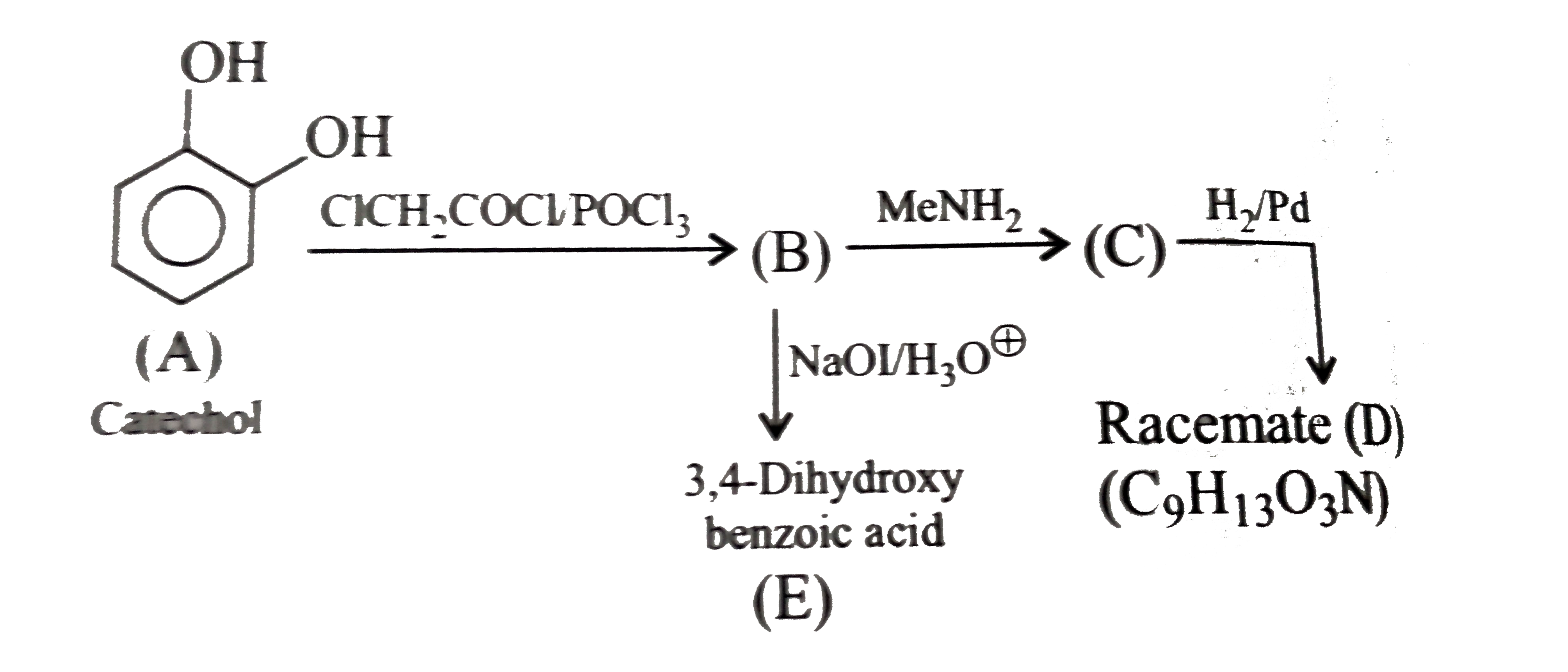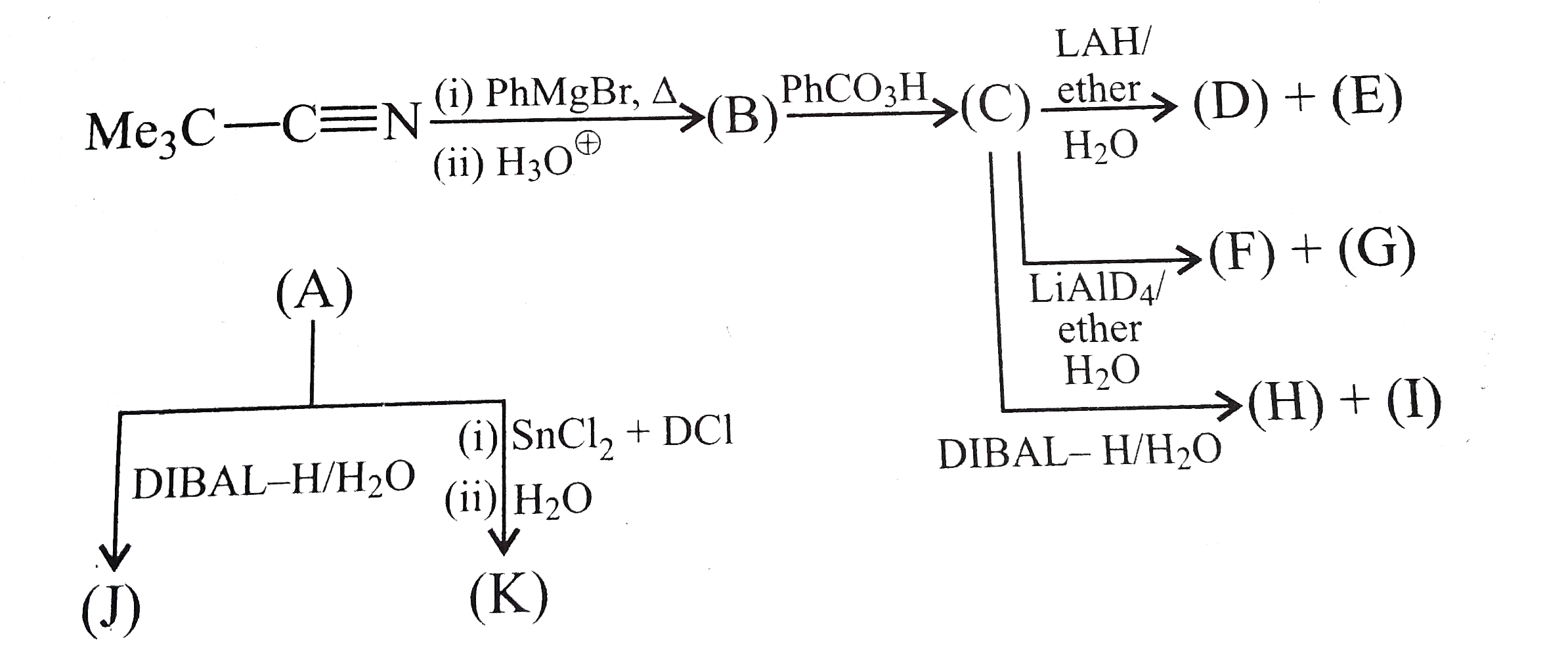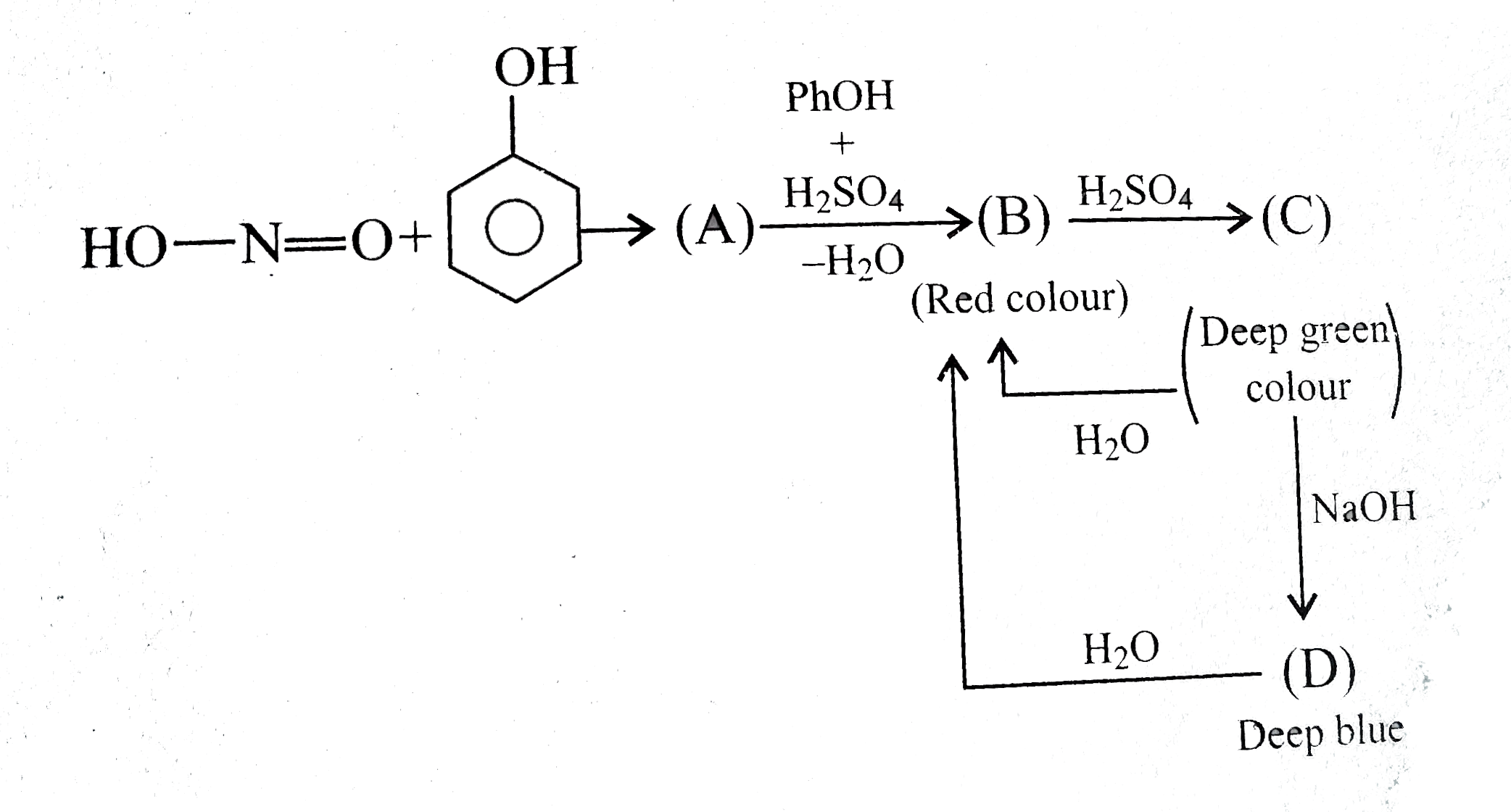
The compound (D) is:
A

B

C
Both (a) and (b)
D
None
Video Solution
Text Solution
The correct Answer is:A
|
Topper's Solved these Questions
- ALCOHOL,PHENOL AND ETHERSBook:CENGAGE CHEMISTRYChapter:ALCOHOL,PHENOL AND ETHERSExercise:Exercises Multiple Correct
Explore 35 Videos
- ALCOHOL,PHENOL AND ETHERSBook:CENGAGE CHEMISTRYChapter:ALCOHOL,PHENOL AND ETHERSExercise:Exercises Single Correct
Explore 82 Videos
- ALCOHOL,PHENOL AND ETHERSBook:CENGAGE CHEMISTRYChapter:ALCOHOL,PHENOL AND ETHERSExercise:Exercises Concept Application
Explore 33 Videos
- ALIPHATIC AND AROMATIC ALDEHYDES AND KETONESBook:CENGAGE CHEMISTRYChapter:ALIPHATIC AND AROMATIC ALDEHYDES AND KETONESExercise:Archives Subjective
Explore 29 Videos
Similar Questions
Match each of the following four structures with one of the compound A-D on the basis of the following experimental facts
Compound (A),(B) and ( C ) are optically active, but compound (D) is not
Compound (C ) gives the same products as compound (D) on treatment with periodic acid, But compound (B) gives a different product.
Compound (A) does not react with periodic acid.

Compound A-D are respectively?
View SolutionOn adding two or three drops of FeCl3 into the excess of solution (A) a violet coloured compound (D) is formed. This colour disapperars quickly.
View Solution
Knowledge Check

The compounds (D) is:Aa. Bb.
Bb. Cc.
Cc. Dd.
Dd.
Compound A gives D-Galactose and D-Glucose on hydrolysis. The compound A is :
AAmyloseBSucroseCMaltoseDLactose
The compounds (D) and (E ) are:AEnantiomersBDiastereomersCGeometrical isomersDPositional isomers








